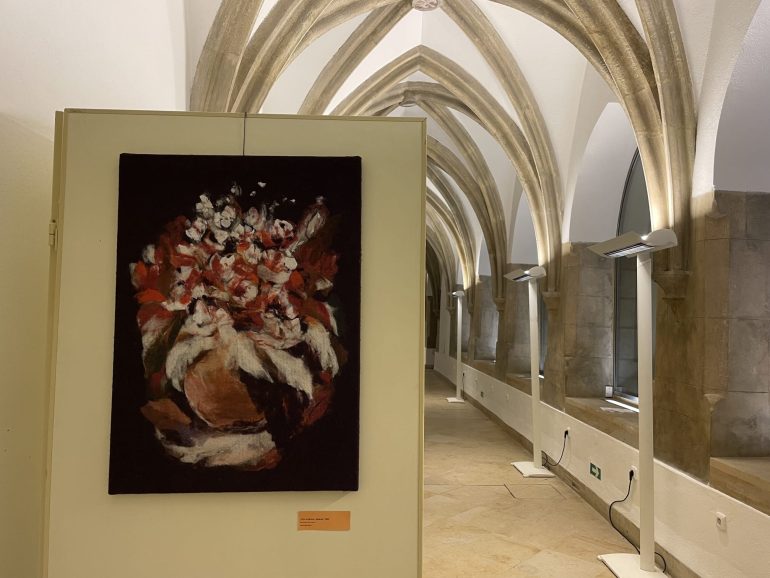The “Art Protis 60. Brno Fenomenon” exhibition is now on display in the Cross Corridor of Brno’s New Town Hall, showcasing the 60-year history of the unique Art Protis textile technique. The exhibition began on 5 October and will run until 23 October, organised by the Brno City Museum and the Moravian Regional Museum, with the support of the City of Brno, the South Moravian Region and the Brno-North Municipal District.
Emerging in Brno in 1964, the revolutionary technology of Art Protis put Czechoslovakia on the map of textile innovation and created new possibilities for the production of tapestries and non-woven textiles used for art, as well as sparking developments in interior design and fashion.
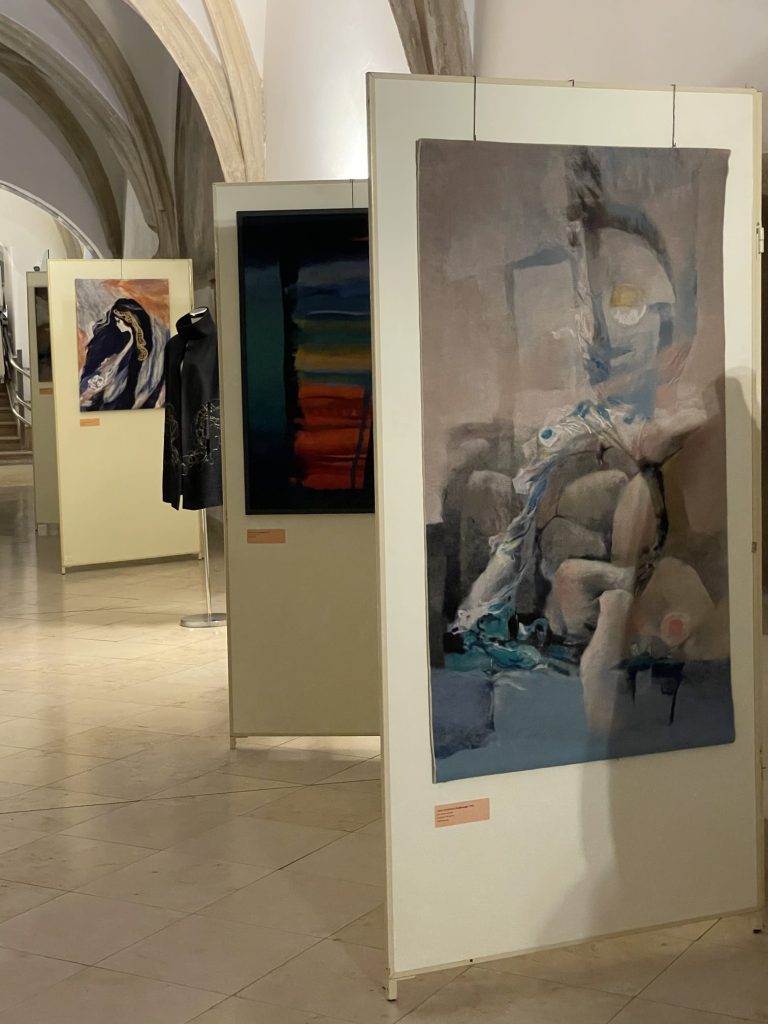
“Brno has always been a leader in innovation, and Art Protis is a perfect example of how local discoveries can influence world culture,” said the mayor of Brno, Markéta Vaňková. “I am proud that even after 60 years we can celebrate this unique technique right here, where it was born.” The exhibition will feature the works of local and foreign artists such as Inez Tuschnerová, Miroslav Netík and the Swedish artist Britta de la Cour.
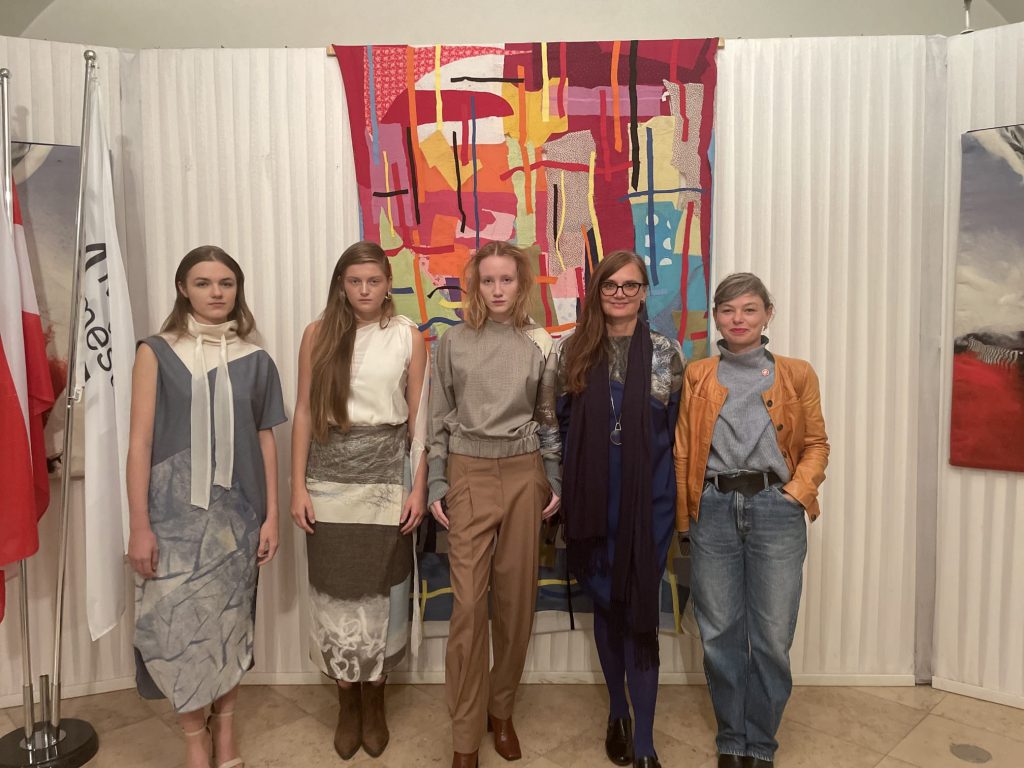
Art Protis is an integral part of Brno’s artistic heritage: “Art Protis remains unique in the world; it originated here and still finds its place in our city today,” said the director of the Brno City Museum, Zbyňek Šolc. “The proof of this is that all Brno museums have these works in their collections. The exhibition is a tribute to all those who participated in the development of this technique.”
Artist Svetlana Kulíšková Ruggiero considers the appearance of Art Protis as an economic need in the communist era: “In the socialist block of countries […] it was developed to help to have other kinds of textiles, […] which would be more economic because the woven textiles […] were expensive”.
She added that, despite the utilitarian goal of the development of this revolutionary technique, Brno was the only place where it took a creative, more artistic turn: “Brno was the only place where it was developed in an artistic sense. And it […] started last century when they started to make […] patterns, they decided to try to push it in the […] wall hanging textiles.”
The innovative technique was used to replace as many items as possible, according to Kulíšková Ruggiero: “Last century the potential was to make nice hanging textiles, decorative textiles for homes, also for public spaces, […] municipalities or any other public spaces actually had […] really big textiles, […] the curtains for theatres.”
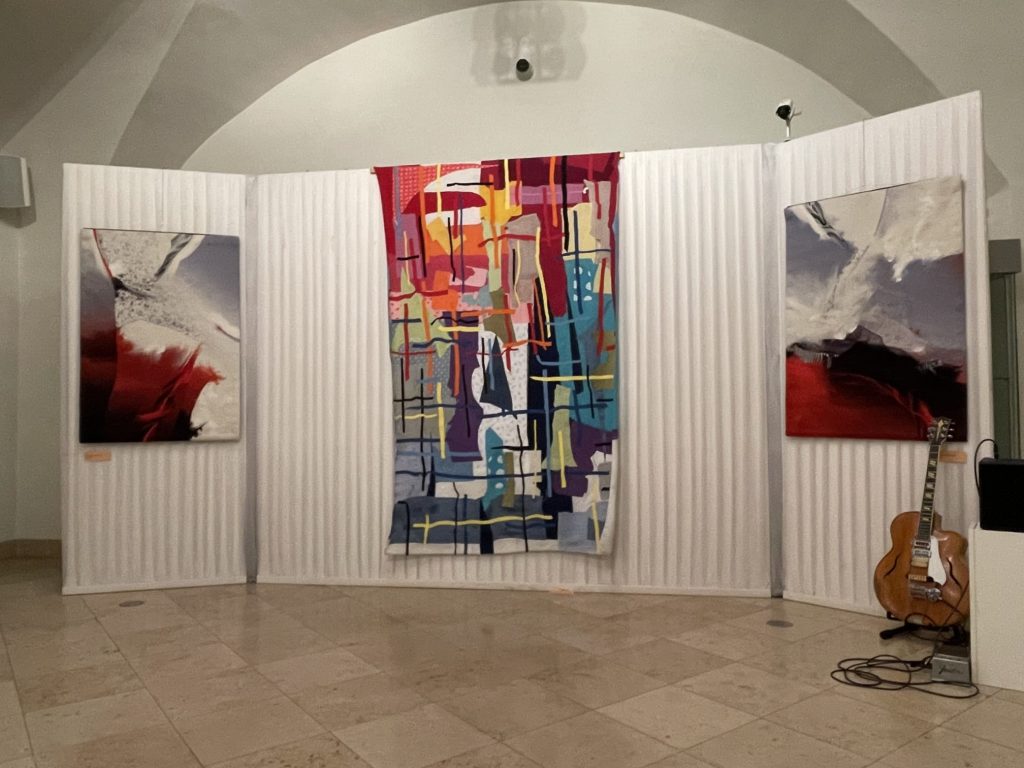
Art Protis is also a great method for recycling and upcycling in the fashion industry. As one of the pioneers of this approach, Kulíšková Ruggiero reminisced about her discovery: “When I was living in Italy […] I started to work with this technique, and I actually realised that this technique is perfect to use for recycling different kinds of textiles. I didn’t have much wool with me and I was trying to develop a new kind of collage with the different textiles […] my leftovers from sewing and maybe my old clothes.”
After further research and documentation, she became more aware of the amount of waste generated by the fashion industry: “I discovered that the textile field and fashion field produce a lot of dangerous waste for the planet”. This prompted her to take the necessary steps for her art to become more sustainable. “Of course, we have a machine which is 60 years old, […] it’s not so easy, and it’s like just a small drop in the sea, but it is important today.”
She is now teaching at the Secondary School of Art and Design in Brno, and encourages her students to become more responsible with their creations: “They must be really creative, but, must be so aware about the responsibility [of] being a designer”, as she explains that “80% of the impact of the textile, of the clothing […] are in the design stage.”
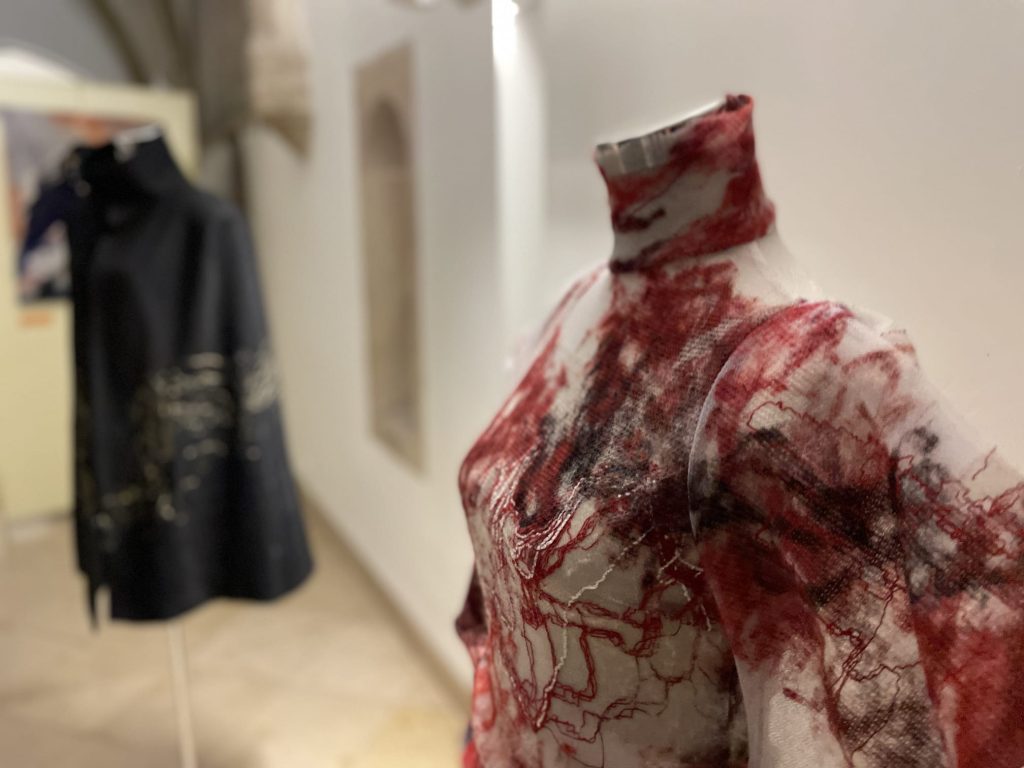
She tries to inspire the students to take a step back and become more careful in their design choices, and underlines the importance of creativity in solutions because “creativity is about also developing new ways, developing new thoughts to think differently […] When we change our way of thinking, we also change the world around us.”
The exhibition will present a combination of the past and the present of Art Protis, as the curator Petra Mertová from the Moravian Regional Museum points out: “Young artists return to this technique with a fresh perspective, whether it is fashion design or interior installations. The exhibition will offer not only a retrospective but also a look into the future of Art Protis as a medium for the 21st century.”
The old tapestries will be accompanied by the creations of students of the Secondary School of Art and Design in Brno, who are innovating and adapting technology to today’s trends. The school owns the original Maliwatt machine, so the student’s pieces were created both by traditional means as well as with a new perspective and an open mind.
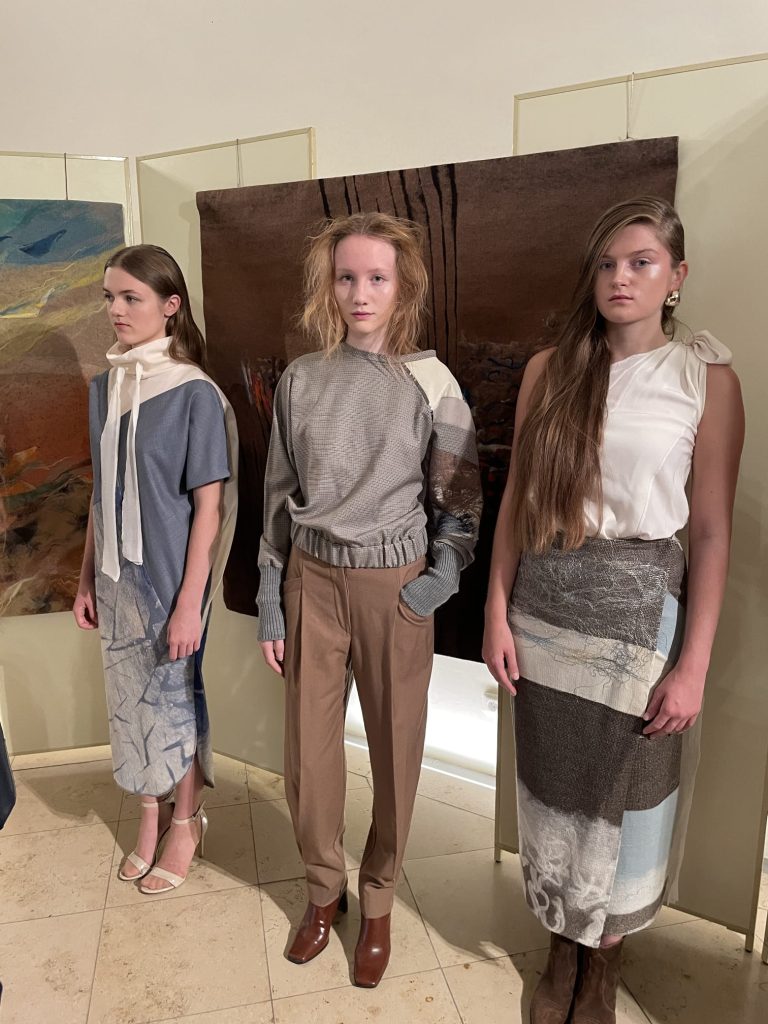
According to Kulíšková Ruggiero, the artistic creation process of Art Protis lies within the process of interconnecting the already-dyed textiles, so that with “the different layers of wool you are painting, you see the shades and colours of wool changing, and you can cut it, you can insert different kinds of textile, to create […] a textile collage.”
There are, of course, limitations, the main one being the type of materials that the machine can sew, but Kulíšková Ruggiero suggests that the solution lies both in the creativity of the artists as well as in the technological innovation. At present, materials such as metal or wood cannot be added to Art Protis, but only textiles which are soft enough for the needles. The artist has a positive view about the future of Protis, saying she believes the solution is to: “push it forward, to develop different things […] some project about developing this technique to another level, because of course we are squeezed by the technical limits and also by nylon thread. I think it’s really not suitable for today, for the problem of recycling.”
Those interested in the history of Art Protis can find more details about the creation process from the exhibition catalogue, which contains expert texts and historical photographs mapping the 60-year history of this unique technique. The catalogue is available at the iumeni.cz portal.
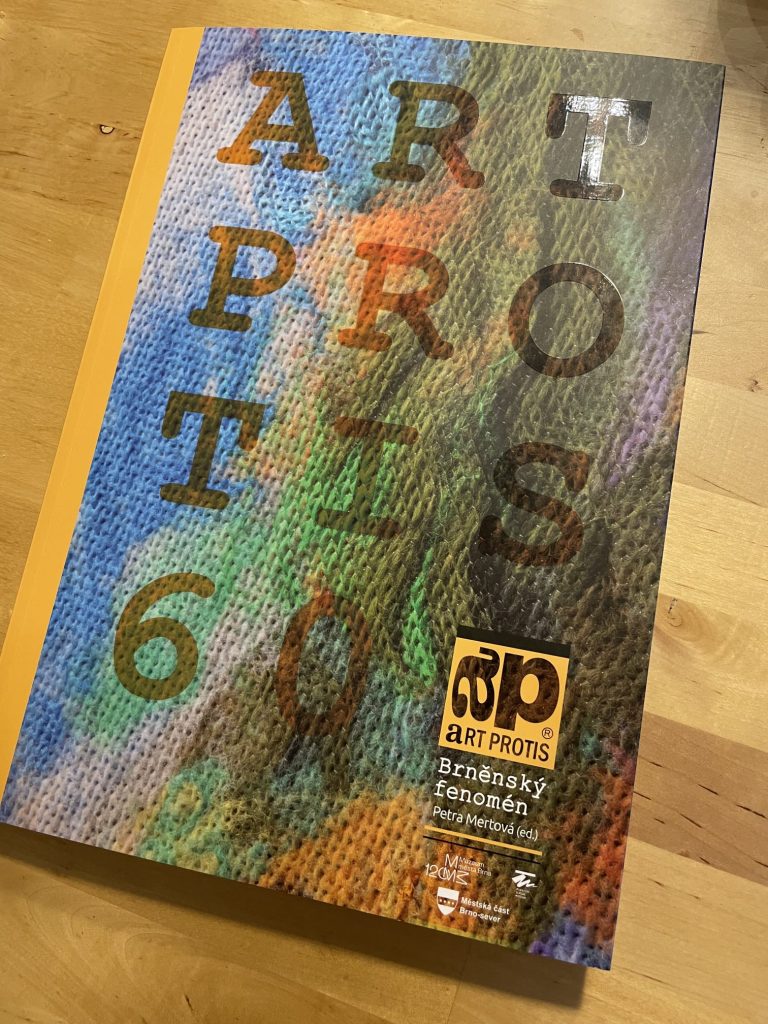
The Art Protis exhibition is part of Open Studio Days, featuring other cultural events associated with Brno creators. It is open from Tuesday to Sunday, from 10 am to 6 pm, and entrance is free.



